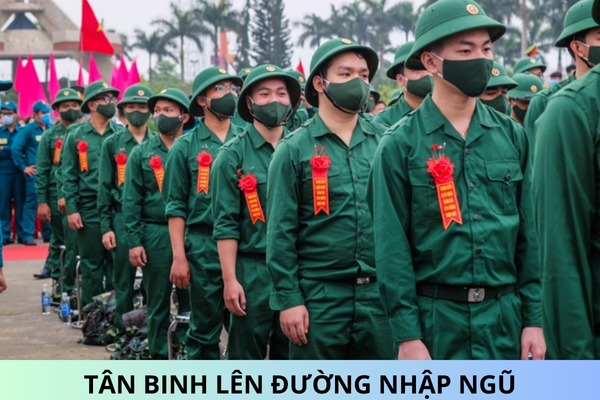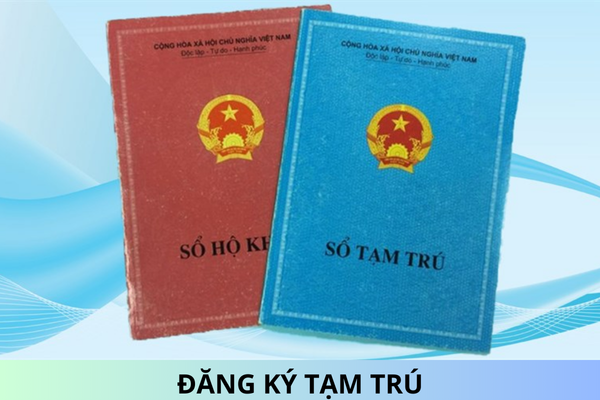What are regulations on gifts of immoveable property acccording to the Civil Code of Vietnam?
What are regulations on gifts of immoveable property acccording to the Civil Code of Vietnam? How to determine boundaries between immovable properties in Vietnam? What are obligations to respect building regulations in Vietnam?
What are regulations on gifts of immoveable property acccording to the Civil Code of Vietnam?
Pursuant to Article 459 of the Civil Code in 2015 stipulating gifts of immoveable property in Vietnam as follows:
- A gift of immoveable property must be recorded in writing and notarized or certified, and must be registered if the law on immoveable property requires registration of ownership.
- A contract for a gift of immoveable property shall take effect from the time of registration. In the case of immoveable property for which no registration of ownership rights is required, the gift contract shall take effect from the time when the property is delivered.
How to determine boundaries between immovable properties in Vietnam?
Pursuant to Article 175 of the Civil Code in 2015 stipulating boundaries between immovable properties in Vietnam as follows:
1. The boundaries between adjoining immoveable properties shall be determined in accordance with the agreement of the owners or in accordance with a decision of the competent authority.
The boundaries may also be determined in accordance with customary practice or according to boundaries which have existed for thirty (30) or more years without dispute.
The land user may not encroach upon the boundary or change the boundary markers, including boundaries being canals, irrigation ditches, trenches, gutters or boundaries of rice fields. Each entity must respect and maintain the common boundaries.
2. A person having land use rights may use the airspace and the sub-surface according to the vertical dimensions of the boundaries around the land as prescribed by law and may not interfere with the use by other persons of the adjoining land.
A land user may only plant trees and performs other activities within the area covered by its land use rights and according to the defined boundaries. If the roots and branches of trees extend beyond the boundaries, such person must clip and prune the parts of the trees beyond the boundaries, except as otherwise agreed.
Pursuant to Article 176 of the Civil Code in 2015 stipulating boundary markers separating immovable property in Vietnam as follows:
1. An owner of adjoining immoveable property may only erect boundary stakes and fences and build separating walls on the area covered by its land use rights.
2. Adjoining land users may agree to the erection of boundary stakes and fences, the building of separating walls and the planting of trees on the boundary for use as boundary markers between the immoveable properties, and the boundary markers shall be under the multiple ownership of such persons.
Where a boundary marker is erected on the boundary by only one party with the consent of the owner of the adjoining immoveable property, such boundary marker shall be multiple ownership property and the construction expenses shall be borne by the party having erected the marker, unless otherwise agreed. If the owner of the adjoining immoveable property does not give consent and has legitimate reason, the owner having erected the boundary stake or fence or built the separating wall must remove it.
3. With respect to boundary markers which are common house walls, the owner of the adjoining immoveable property may not cut out a window or air ventilating hole or drill the wall in order to install building structures, except with the consent of the owner of the adjoining property.
Where houses are separately built, but with adjoining walls, an owner may only drill and install building structures up to the space between the adjoining walls.
With respect to trees which are common boundary markers, the parties have equal obligations to protect the trees, and the fruits from the trees shall be distributed equally, unless otherwise agreed.
What are obligations to respect building regulations in Vietnam?
Pursuant to Article 174 of the Civil Code in 2015 stipulating as follows:
When constructing a project, the owners and holders of other property-related rights must comply with the law on construction, ensure safety. It may not build beyond the height and distance specified by the law on construction and infringes the legitimate rights and interests of owners of adjoining and surrounding immovable properties.
Best regards!










